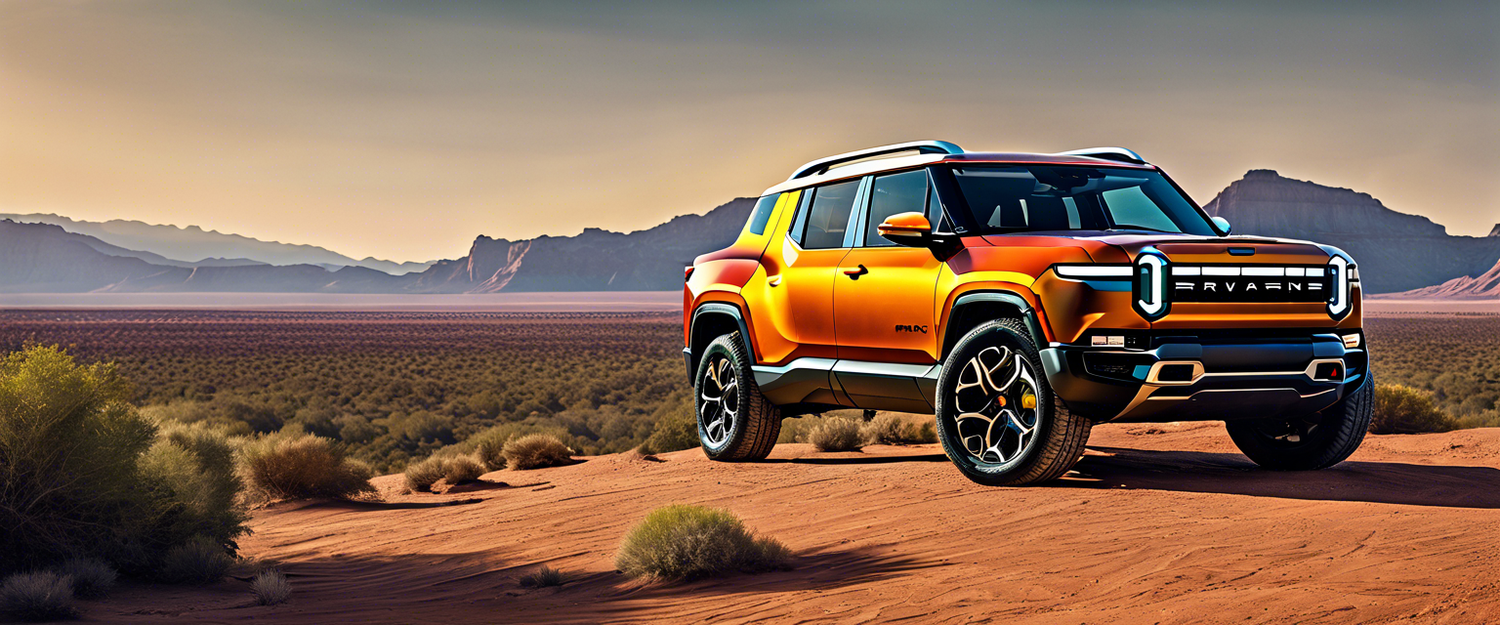Rivian's New Challenge: Balancing Tech and Tradition
As the electric vehicle market continues to evolve, Rivian CEO RJ Scaringe recently posed a thought-provoking question during an interview: "What do you want more?" This statement highlights a crucial tension in the automotive industry today—choosing between cutting-edge technology and traditional vehicle features.
Innovation in the EV Industry
Rivian has made its mark by providing unique, adventure-oriented electric vehicles that offer impressive performance and sustainability. However, Scaringe’s remark suggests that integrating extensive tech features, such as easy access to your iPhone apps via in-vehicle consoles, might come at a cost.
Consumer Expectations vs. Manufacturer Capability
- Tech Savvy Consumers: Today's drivers expect seamless connectivity with their devices.
- Vehicle Performance: Prioritizing performance and battery life might compromise additional technological features.
- Simplification: Simplifying vehicle systems could lead to a better overall user experience.
The Decision Dilemma
This dilemma is not specific to Rivian alone; it's a broader challenge across the entire automotive industry. As companies like Tesla, Ford, and GM push the envelope of innovation, they too must address consumer desires for both robust technological interfaces and high-performance vehicles.
The Role of In-Car Technology
The integration of mobile apps into vehicle systems opens new avenues for functionality—from navigation and communication to streaming music and controlling smart home devices. However, as Scaringe suggests, there may need to be a trade-off somewhere.
Future Trends to Watch
As Rivian and other automotive manufacturers navigate these choices, we can expect to see some key trends developing:
- Modular Technology: Vehicles that allow for customizable tech features as per consumer preference.
- Hybrid Models: A blend of traditional driving features with modern technology.
- Focus on UX: Enhanced user interfaces that offer both functionality and simplicity.
Conclusion
The question posed by RJ Scaringe is a reflection of the automotive industry's ongoing evolution. While integrating smartphone capabilities into vehicles is undoubtedly appealing, it raises critical questions regarding customer priorities and the future direction of automotive design.
Join the Conversation!
What do you prioritize when it comes to your vehicle—technology or performance? Share your thoughts in the comments below!



Leave a comment
All comments are moderated before being published.
This site is protected by hCaptcha and the hCaptcha Privacy Policy and Terms of Service apply.